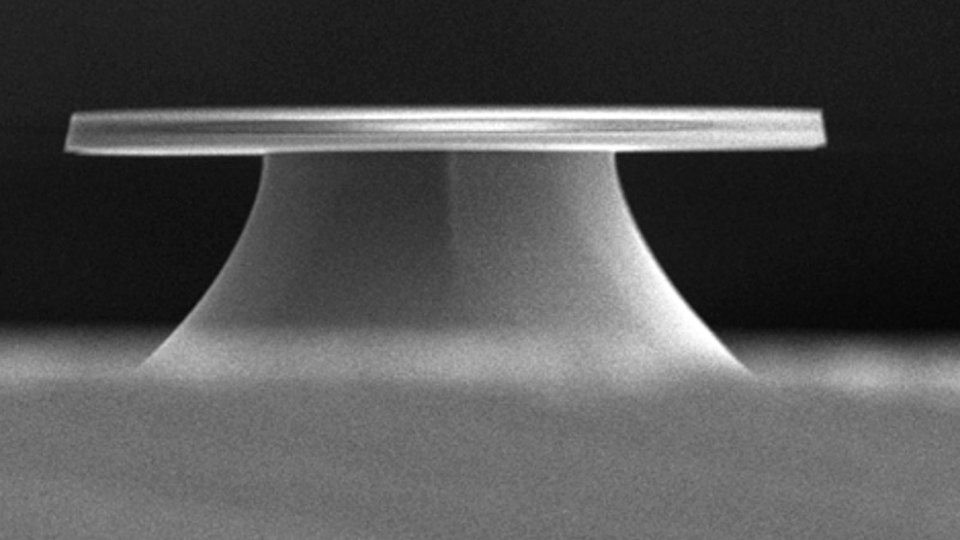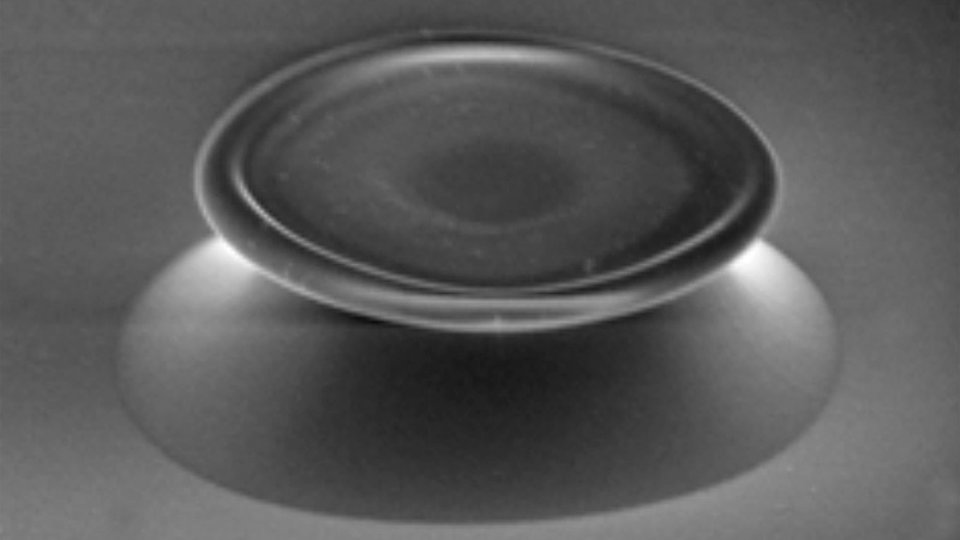Micro resonators for application in analytics, sensor technology, laser metrology and optical telecommunication
Monolithic micro resonators are characterized by a very low size and extremely high optical performance. These properties make them very attractive for applications in optical signal processing and sensor technology. FBH and Humboldt-University of Berlin (HUB), Department of Physics have recently started a common research project for the development of a novel technology platform.
This platform shall enable the use of such micro-integrated optical sensors in the areas of analytics, sensor technology, laser metrology and optical telecommunication. Further applications are high-precision frequency measurement technologies and highly precise global navigation. Aim of this project is to develop the technological preconditions for the application of the technology and its commercialization. FBH will produce micro resonators in its clean room and optimize the production steps; the structures will be commonly characterized by HUB and FBH. By the end of the project, applications in sensor technology will be demonstrated.
Micro resonators are often disks or tori (see pictures) with a typical diameter of around 100 µm and a thickness of only several micrometers. These structures often consist of silicon dioxide (SiO2) and can store light by means of total internal reflection. The resonators are fabricated from silicon wafers coated with a thin SiO2 layer using photolithography and etch processes. First of all, the oxide is structured and the underlying silicon is then removed selectively. As the oxide layer is not affected by the second step, a thin disk of silicon dioxide forms that is resting on a stem of silicon. At FBH, a set of process parameters was determined that allows to produce the "mushroom-like structures" shown in fig. 1. Fig. 2 depicts a micro toroid produced from a disk by means of subsequent CO2 laser reflow.
Within the framework of the research cooperation between FBH and HUB, micro resonators are currently experimentally characterized and theoretically described. Efficient coupling is accomplished by means of external couplers such as prisms and fibers. Unique features of these resonators are their very small size and their high performance reaching values of 106 to 1010, which is better than any macroscopic resonator based on dielectric mirrors. Despite their miniature size, these micro resonators exhibit narrow optical resonance line widths between several 100 MHz and some 10 kHz. Long light storage times and light enclosure in a small cavity result in a tremendous amplification of non-linear effects.
FBH research: 15.12.2011

